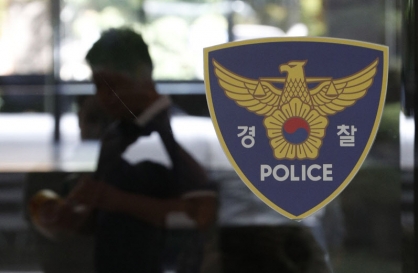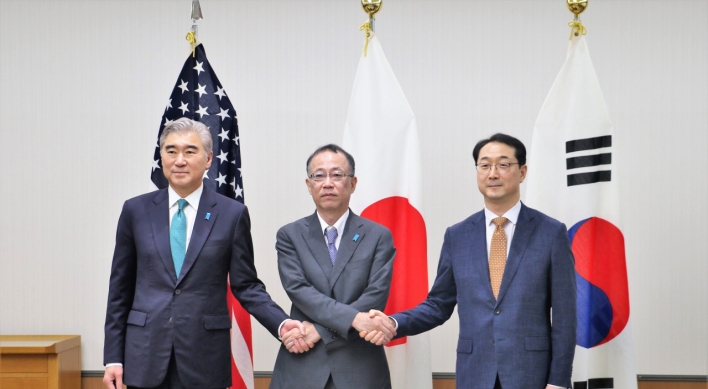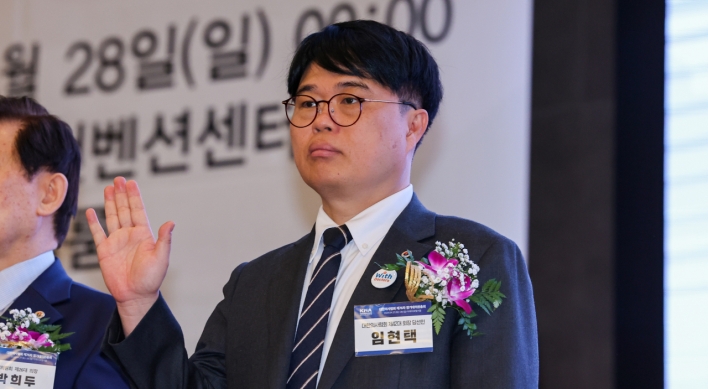Wisdom of the pages
Nation’s oldest library showcases knowledge of nation’s forefathers
By Korea HeraldPublished : March 22, 2013 - 20:45
Why do people turn to books? Why do we want to leave records of ourselves? Above all, why do we need libraries?
“People have always had a craving for knowledge. And books, the condensed form of one’s knowledge or the most objective record of a certain topic, are the best way to obtain information,” said Kim In-geol, director and professor of the Kyujanggak Institute for Korean Studies at Seoul National University.
Kyujanggak is the oldest extant library and archive in Korea. It was founded as the royal library in 1776 in Changdeokgung Palace to store books King Jeongjo (who reigned from 1776-1800) collected from all around the world. It was also a place where the king freely shared academic ideas with the best scholars in the country. The king would debate with the scholars, sometimes test them and sometimes learn from them.
But after Joseon was annexed by the Japanese, the library’s research function faded and the Japanese colonial government instead filled the bookshelves with various documents and administrative information. The Japanese authorities moved Kyujanggak to what is now Seoul National University in 1928.
“People have always had a craving for knowledge. And books, the condensed form of one’s knowledge or the most objective record of a certain topic, are the best way to obtain information,” said Kim In-geol, director and professor of the Kyujanggak Institute for Korean Studies at Seoul National University.
Kyujanggak is the oldest extant library and archive in Korea. It was founded as the royal library in 1776 in Changdeokgung Palace to store books King Jeongjo (who reigned from 1776-1800) collected from all around the world. It was also a place where the king freely shared academic ideas with the best scholars in the country. The king would debate with the scholars, sometimes test them and sometimes learn from them.
But after Joseon was annexed by the Japanese, the library’s research function faded and the Japanese colonial government instead filled the bookshelves with various documents and administrative information. The Japanese authorities moved Kyujanggak to what is now Seoul National University in 1928.

“During the Korean War (1950-1953), the North Korean government assigned linguist Hong Ki-mun to take away all Kyujanggak books to the North. However, after the Incheon Landing on Sept. 15, 1950, he was ordered to leave behind all the books. It was reported that Hong was in deep despair and begged to be allowed to take them, only if he could have two or three more days,” Kim said. “Even Kim Il Sung knew that books are valuable assets to the country.”
Kim pointed out that books were a great way to leave accurate information useful to future generations.
“We have about 100,000 people a year visiting to read valuable books on just about anything from the mid-Joseon (1392-1910) era. Hundreds of papers were written based on the holdings, and anyone studying Korean history must visit this place,” he said.
Kyujanggak now contains more than 260,000 items including the “Annals of the Joseon Dynasty (Joseon Wangjo Sillok)” and the “Diary of the Office of Royal Secretaries (Seungjeongwon Ilgi),” both designated UNESCO World Documentary Heritages, as well as documents such as the royal illustrated texts of various state ceremonies (Euigwe), old maps and memoirs.
At the basement of the building is an observation room with a giant glass wall so that people can see into the storage room without going inside.
“Old books are highly flammable. Within minutes you can burn down the whole room. We have a special fire-proof system but we thought it best that entry into the storage be restricted to preserve the aging books,” said Kim.
In the exhibition room are old books ranging from records of royal ceremonies, construction blueprints of Suwon’s Hwaseong Castle ― which is known to have adopted Westernized engineering techniques resulting in a shortened construction period ― literary works as well as the royal code. In contrast to the public perception that the books are boring, many of them describe details about a certain event with colorful pictures.
“I hope people will always remember Kyujanggak as a place where the top people in academia gathered and collaborated to make the wisest decisions for future generations. Of course, you can just click and scroll on the Internet, but that doesn’t give you the same sensation and overwhelming feeling that you get from looking at the actual thing,” Kim said.
By Bae Ji-sook (baejisook@heraldcorp.com)
-
Articles by Korea Herald



















